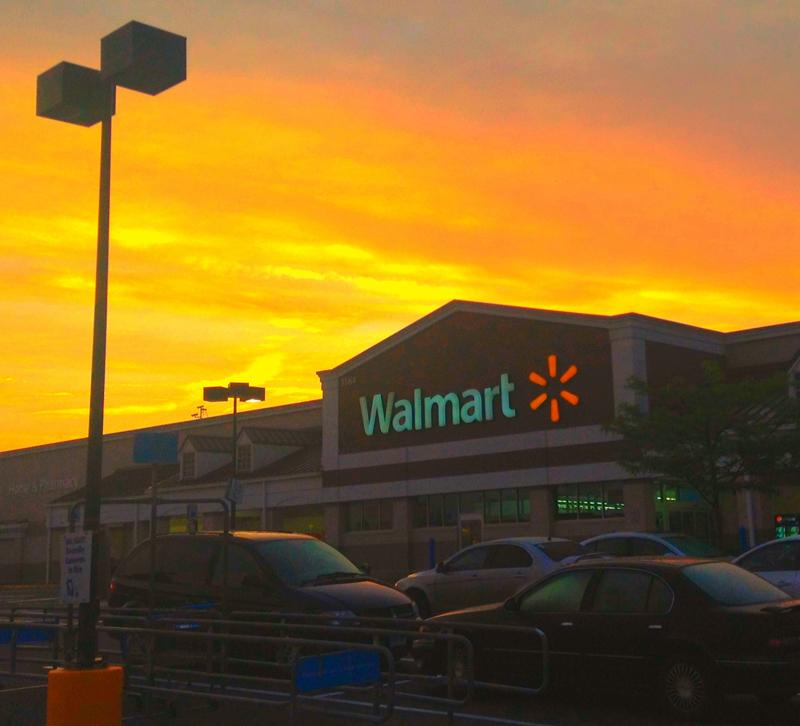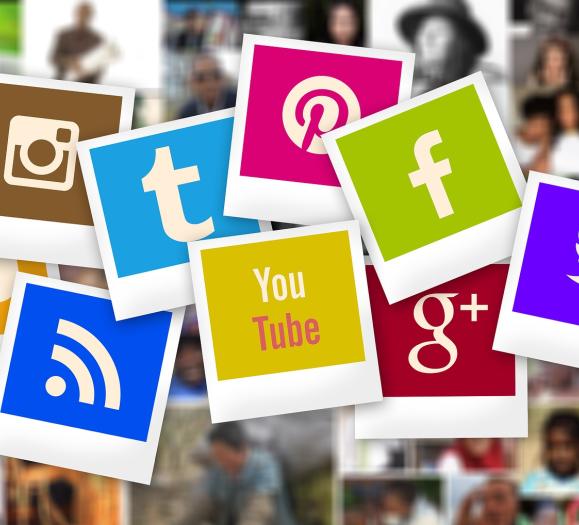Ten years ago, no Thanksgiving meal ended without a few Black Friday horror stories: alarms going off at 4 a.m., the long lines in front of Walmart and Best Buy and the fights to score the big gifts of the season. These days, fewer people line up to get in stores at 6 a.m., and even fewer wind up in the hospital after fighting over the newest video game console.
Today The Wall Street Journal reported a 4 percent drop in the number of people visiting U.S. stores on Thanksgiving and Black Friday, according to RetailNext Inc., the company that analyzes in-store videos to count shoppers. On the flip side, online sales soared 18 percent over that same two-day period, according to software giant Adobe Systems Inc.
This decrease of shoppers in physical stores doesn't necessarily mean the end of retail. In fact, Walmart and other big-boxes came up with new strategies to bring customers off the web and into their brick-and-mortars. Though Black Friday has passed, you still can try these tactics to lure customers off your website and into your store.
Offer in-store steals
Not all of Walmart's Black Friday sale items were available online. The retailer chose to offer sale prices on electronics and large, bulky toys and then offered additional savings on smaller products such as DVDs and pajamas in-store. The company reasoned that it would lose money in shipping if it offered the sale price on small items online, and making those sale prices available in stores only might be a big enough draw to get people to visit the store and encourage more impulse shopping.
You too can copy this strategy by offering sale prices on lamp shades, decorative accessories and other smaller stocking stuffer-like products to customers in-store. You would probably take a loss if you shipped these items, so offer the discount in-store only to entice customers to your store where you can show off your sales associates' expertise and increase your chances of upselling.
Hold back sale products from your website
Best Buy chose this tactic this year to bring customers into its stores. The electronics and appliance retailer began selling the Super NES Classic, a retro gaming system from Nintendo that had been in short supply since its release in September, on Saturday morning in stores. The move forced consumers to visit Best Buy stores and potentially purchase a few more items when in store.
If you want to try a similar strategy, offer two different prices on some of your best-selling or newest products: one price online and one sale price in-store. Your online price should be competitive with other retailers, and your sale price should be low enough to make the drive to your store worth it for your consumer.
Remember, in-store purchases still make up for about 90 percent of sales. Don't assume that you can't compete with online vendors. Now is the time to get creative and offer consumers more than one good reason to visit your lighting or home furnishings showroom.
What's your favorite Black Friday sales strategy? Share with us in the comments!
Photo: Mike Mozart of TheToyChannel and JeepersMedia on YouTube via Flickr







